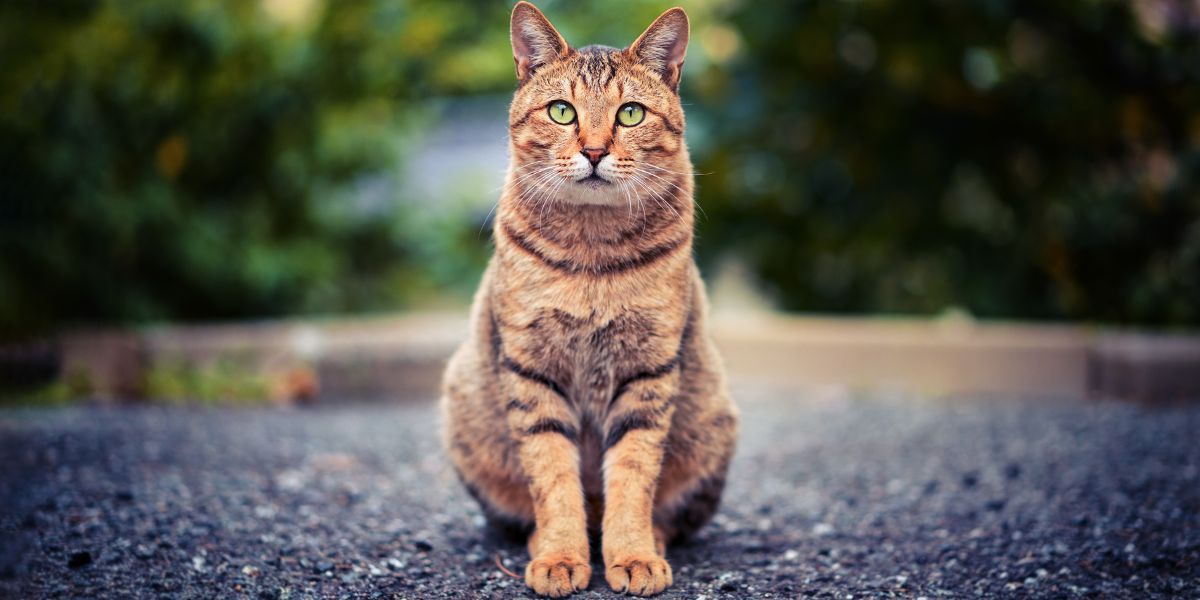Cat rhinotracheitis – Causes. Symptoms. Treatment
Rhinotracheitis in cats is a common condition, which, together with the feline calicivirus, can cause “feline flu.” Also known as viral rhinotracheitis, the disease affects the cat’s immune system, so it must be kept away from any factors contributing to the weakened immune status.
The cat must be isolated from the rest of the healthy cats in order not to transmit the virus.
What is rhinotracheitis in cats?
Rhinotracheitis in cats is a disease that affects cats and is also known as feline herpesvirus. This disease affects the upper respiratory tract of the cat’s nose and throat.
You may not realize that your cat is cold. Therefore, if you notice changes in your cat’s behaviour, such as fatigue, stuffy nose or cough, it is recommended that you see your veterinarian for a correct diagnosis.
In most cases, rhinotracheitis in cats is not a cause for concern. Still, we should never underestimate a cold, as certain viral infections can cause serious health problems if left untreated.
Rhinotracheitis in cats – causes
A viral infection causes Rhinotracheitis in cats or cold in cats in most cases.
Rhinotracheitis in cats is caused by feline herpesvirus (FeHV-1). It is part of the infectious respiratory complex of cats. The virus is easily transmitted to animal shelters, where many cats live. Young cats are most often affected by this cold. Older cats can also get sick, especially with weakened immune systems. The virus is transmitted directly through the nasal secretions or eyes. The sources of infection are sick cats or those who have gone through the disease, which eliminates significant amounts of the virus through respiratory secretions.
The feline herpes virus (FeHV-1) and the feline calicivirus (FCV) can lead to feline flu. FCV is a pathogen that is part of the infectious respiratory complex of cats. Unlike the feline herpes virus, FCV is transmitted through indirect contacts, such as contaminated objects. Therefore, animal shelters or homes where several cats live can become fundamental foci of infection. Consequently, it is essential that when we notice the specific symptoms of a cold in one of the cats, we isolate it from the rest of the healthy cats and give it the appropriate treatment.
Other bacteria contributing to the aggravation of the feline respiratory complex are Chlamydophila felis and Mycoplasma felis.
The difference between a feline rhinotracheitis virus and feline calicivirus is the symptoms of a sick cat. Symptoms of FCV include ulcers of the mouth and gingivitis, as well as a runny nose. The two viruses are associated with “feline coryza” syndrome, manifested by eye infections (conjunctivitis, leakage) accompanied by runny nose or inflammation and ulceration of the oral cavity.
Once the cat has been infected with FHV-1, it may take up to 5 days to show specific symptoms. Also, during the virus’s incubation period, the infected cat can transmit the virus to healthy cats. Infection usually occurs when unhealthy living conditions, such as lack of cleanliness, ventilation, or food.
Rhinotracheitis in cats – Symptoms
Rhinotracheitis in cats has cold-specific symptoms, such as coughing, sneezing, or difficulty swallowing water or food.
The main symptoms of rhinotracheitis in cats are:
– Aqueous or stained nasal secretions
– Cough
– Sneezing
– Loss of smell
– Eye secretions
– Conjunctivitis
– Muscle spasms in the eyelid area, which lead to the closure of the affected eye
– Inflammation of the cornea, resulting in pain in the eye area and blurred vision
– Fever
– Loss of appetite
– General malaise
– Miscarriage in pregnant cats
Rhinotracheitis in cats – Treatment
In most cases, cat rhinotracheitis is not a deadly disease, but if left untreated, certain complications can occur that could endanger the cat’s health. If the cat’s health deteriorates, severe inflammation of the respiratory organs may occur.
For the treatment of colds in cats, appropriate treatment should be given, on the recommendation of the doctor, to eliminate the leading cause of the disease. Depending on the pathogen, different treatment regimens may be administered, such as:
– Antiviral treatment – virostatics, i.e. medicines for colds in cats
– for secondary bacterial infections, antibiotics are given in the form of tablets or eye drops
– cough medicine or inhaler
– anti-inflammatory
The infected cat needs fluids to stay hydrated non-stop, which can be done either with moist food or infusions.
To prevent rhinotracheitis in cats, it is essential that the litter and the bowls they eat are adequately cleaned. There are also vaccines specifically designed to fight respiratory tract infections in cats. The vaccination schedule starts at eight weeks, followed by the second dose of vaccine at 12 weeks, and the third injection is given at 16 weeks. There will be an annual booster. Kittens are most prone to colds because their immune system is weak. Therefore, until the vaccination schedule is complete, it is necessary to isolate the kitten from the rest of the cats.
Biotur provides quality cat and dog food, as well as pet accessories and food supplements.
Rhinotracheitis in cats is not a condition that worries you, but it is best to take all necessary measures to prevent your pet from getting sick.



